

2012 by the Board of Trustees
of the University of Illinois
All rights reserved
Manufactured in the United States of America
C 5 4 3 2 1
 This book is printed on acid-free paper.
This book is printed on acid-free paper.
Library of Congress Cataloging-in-Publication Data SynergiCity : reinventing the postindustrial city /edited by Paul Hardin Kapp and Paul J. Armstrong; foreword by Richard Florida.
pages cm
Includes bibliographical references and index.
ISBN 978-0-252-03681-1 (hardback)
1. City planning United States.
2. Cities and towns United States.
3. Deindustrialization Social aspects United States.
I. Kapp, Paul Hardin, author, editor of compilation.
II. Armstrong, Paul J., author, editor of compilation.
HT167.S89 2012
307.1'2160973 dc23
2012024408
My Hometown by Bruce Springsteen. Copyright 1984 Bruce Springsteen (ASCAP). Reprinted by permission. International copyright secured. All rights reserved.
My City Was Gone, words and music by Chrissie Hynde, Clive Banks Music Limited. All rights controlled and administered by EMI April Music, Inc. All rights reserved. International copyright secured. Use by permission of Hal Leonard Corporation.
Allentown, words and music by Billy Joe, 1981, 1982 Joel Songs. All rights reserved. International copyright secured. Use by permission of Hal Leonard Corporation.
Contents
Richard Florida
Paul Hardin Kapp and Paul J. Armstrong
Designing SynergiCity
Donald K. Carter
Paul J. Armstrong
Paul Hardin Kapp
Paul J. Armstrong
Lynne M. Dearborn
John O. Norquist
Sustainability in SynergiCity
Mark L. Gillem, with Valerie Hedrick
James H. Wasley
Christine Scott Thomson
Norman W. Garrick
Making SynergiCity a Reality
Robert Greenstreet
Ray Lees and Craig Harlan Hullinger
Emil Malizia
Paul Hardin Kapp
FOREWORD
The Death and Life of Great Industrial Cities
RICHARD FLORIDA
I paraphrase the great Jane Jacobs for a reason. Left for dead, abandoned by globalizing and deindustrializing corporations, and mortally wounded by some of the most destructive urban renewal strategies of modern history, great industrial cities across America and the world are now in the throes of a great, bottom-up push for revitalization and renewed life.
This transformation is nothing short of astounding, really.
Great industrial cities in the United States and around the world had been declining for the better part of half a century, well before they took the brunt of the great economic crisis of 2008. As globalization led manufacturing offshore in search of lower wages and China became the worlds new factory, automation, robotization, and other new technologies what economists antiseptically dub skill-biased technical change wrought devastating changes in blue-collar manufacturing communities. While some larger cities in the so-called Rustbelt notably Chicago and Toronto have been able to navigate these trends and remake their economies around knowledge, creativity, and service, many smaller cities have been more hard-pressed. The timing of their decline has been uneven. Pittsburgh was hard hit earlier on in the 1970s and 1980s, while Detroit reached its tipping point more recently.
From Rustbelt to revitalization belt, lets not fall into the trap of geographic or locational fatalism. Toronto and Chicago and now Pittsburgh and others chronicled in these pages arent the only older, colder cities that have been able to turn themselves around. College towns throughout the region stand as exemplars of knowledge-based innovation and creative economies. Ann Arbor, Michigan, in the shadow of Detroit, has a resilient, knowledge-based economy that looks more like Boulders or Austins. The same with Madison, Wisconsin, and many other college towns and cities throughout the region a tribute to the enduring importance of core knowledge-based institutions, like research universities and teaching hospitals.
As for me personally, I have a soft spot I adore older industrial cities. Hailing from Newark, New Jersey, I still have vivid memories of the eyeglass factory where my father worked. Ive lived in Pittsburgh and now Toronto. I love the industrial heritage of these places, their historic neighborhoods and bridges, their great architecture, the old buildings that, to paraphrase Jane Jacobs, are the sources of so many new ideas.
Economic growth today is powered no longer principally by raw materials, great waterways and railroad lines, or giant factories but by the places that have the richest clusterings of people who come together in dense ecosystems, generating ideas and products faster than they can elsewhere. Our great industrial cities stand at the forefront of this transformation. These cities have the density and the infrastructure, the history and authenticity, the walkable neighborhoods and quality, affordable housing, the great universities and medical centers, the leading cultural complexes and cutting-edge music and cultural scenes that are the fuel of the creative economy.
And together as a unit, they also have the tremendous size and scale needed to renew and prosper in our increasingly spiky world. Many of the cities discussed in this book are part of the great megaregion dubbed Chi Pitts by the great economic geographer Jean Gottman a half century ago. With 46 million people and $1.6 trillion in economic output, this cluster of great cities is the worlds third largest; its population and its economy dwarf those of many countries. In my book The Great Reset, I argue that the region needs to be knit even closer together with better transit, especially high-speed rail, which can create a more integrated labor market and talent pool, increasing the velocity of people, goods, and ideas.
The ongoing economic crisis has impelled many people to look for deeper meaning and purpose in life and for better places to live, with good, family-supporting jobs and affordable housing, where they can realize a new American Dream of doing purposeful and meaningful work in a real, authentic community that embraces and energizes them and their loved ones, that lets them be part of building something bigger than themselves. Thats the new Dream that great industrial cities can provide and that they are embracing.
As the case studies in Paul Hardin Kapp and Paul J. Armstrongs SynergiCity: Reinventing the Postindustrial City prove, there is much reason for optimism. Some of our Rustbelt cities have been developing intriguing strategies of renewal, deeply informed by ideas about the creative class and based around sustainability, heritage, and ecological urbanism. The key to their ongoing turnaround, as I have noted elsewhere and as this book extensively documents, lies in letting go of all the old discredited top-down strategies and embracing organic, community-based efforts. As Don Carters chapter on my old hometown Pittsburgh documents, its not the megaprojects the heavily subsidized convention centers and downtown sports stadiums that ultimately make the difference but the bottom-up energy coming from community groups, architects and designers, entrepreneurs and techies, and city-builders and place-makers of all stripes and from all corners of the community. Carter knows of what he writes. Hes a practitioner as well as a thinker, whos not afraid to wade into the mulch of real urbanism and get his hands dirty. I was proud to be his comrade-in-arms during my formative time in Pittsburgh, working alongside him to help set in motion some of these efforts and push others to the fore of the regional conversation and strategy, even as entrenched squelchers tried to derail them. These efforts cannot be minimized: the persistence of forward-looking, collaborative, and inclusive regional practitioners and thought-leaders, even in the face of highly placed opposition and backlash, has played and continues to play a key role in revitalization strategies across great industrial regions.


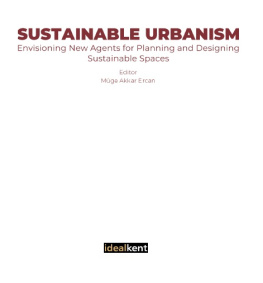
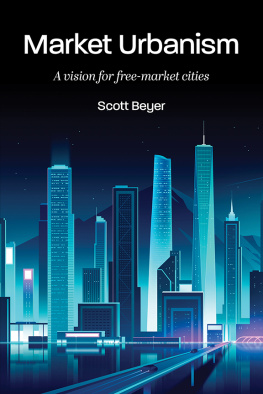
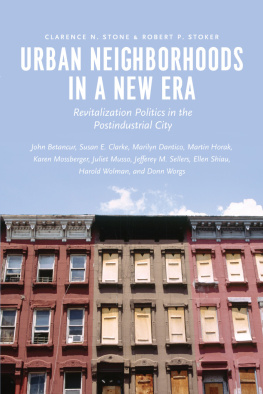
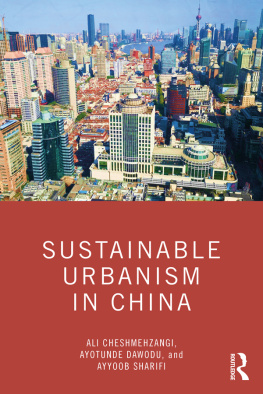
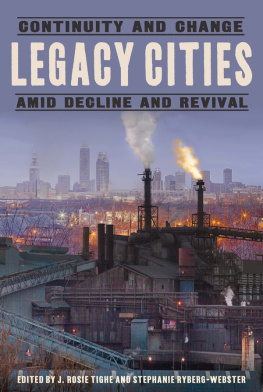
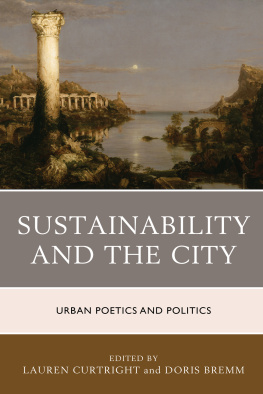
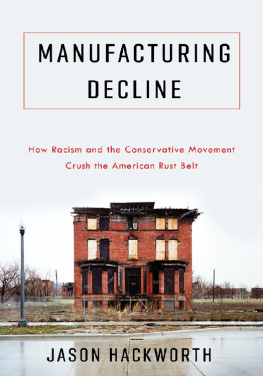
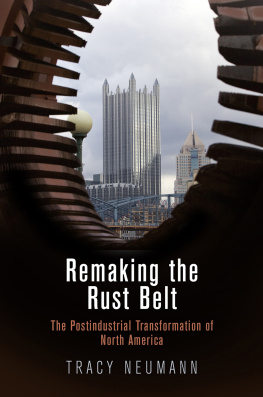
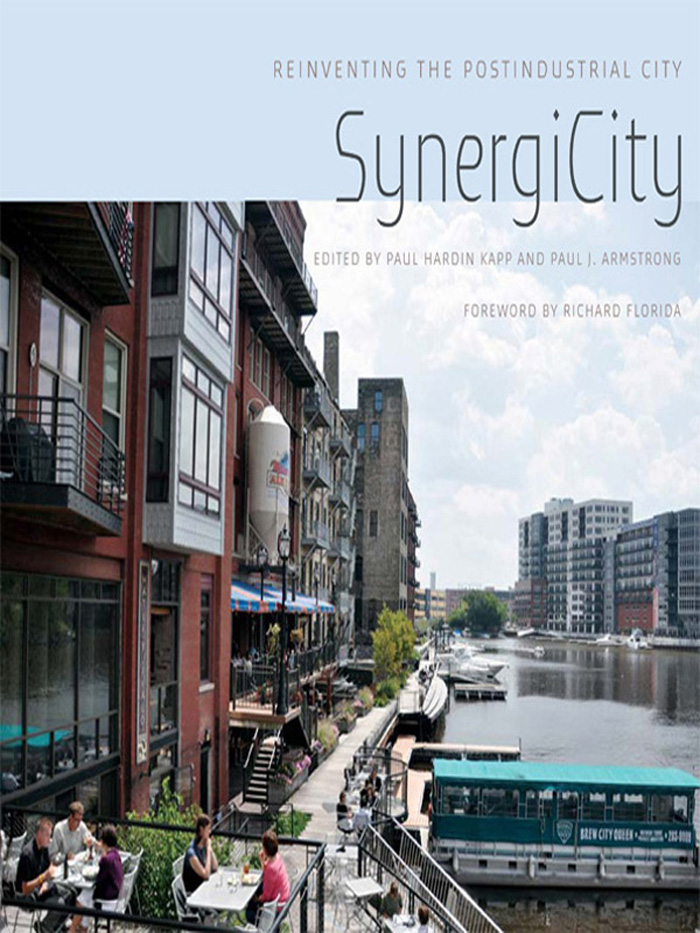


 This book is printed on acid-free paper.
This book is printed on acid-free paper.